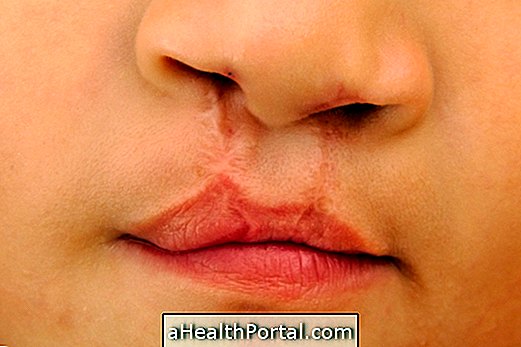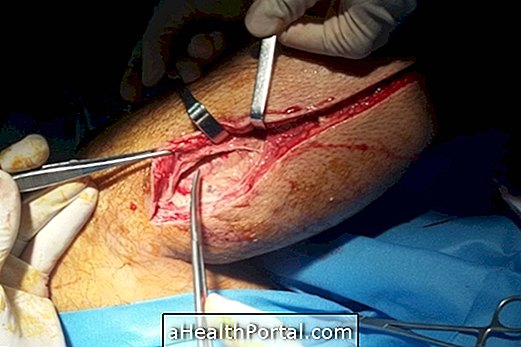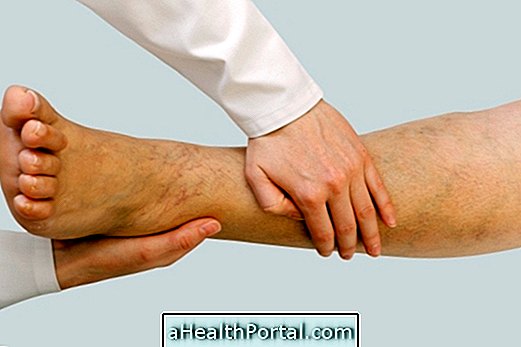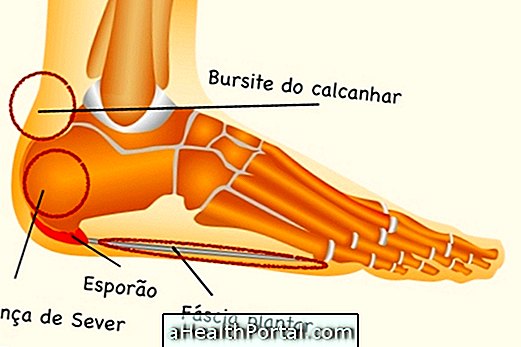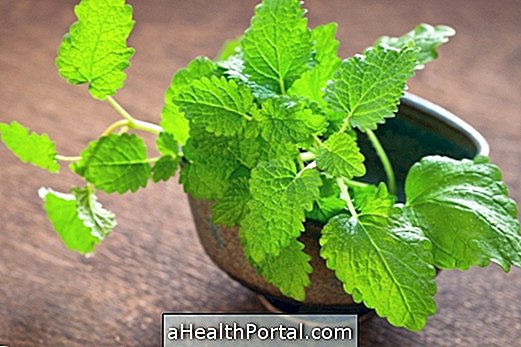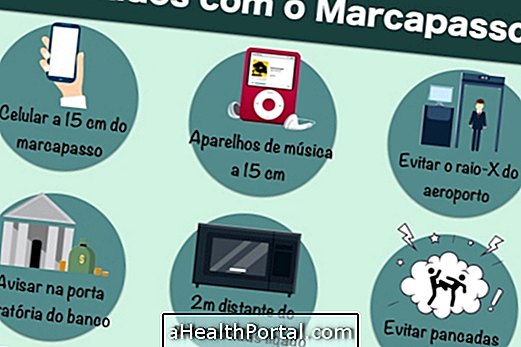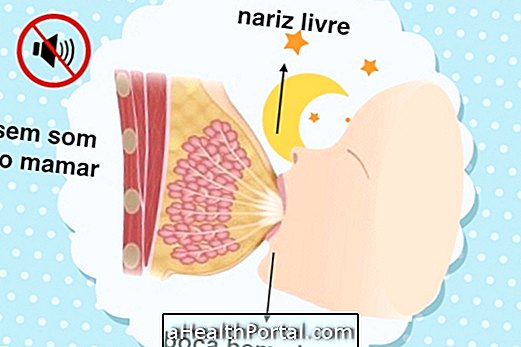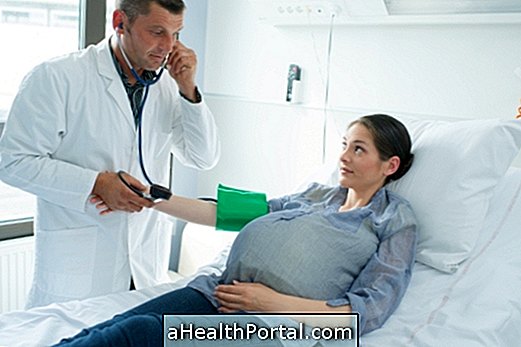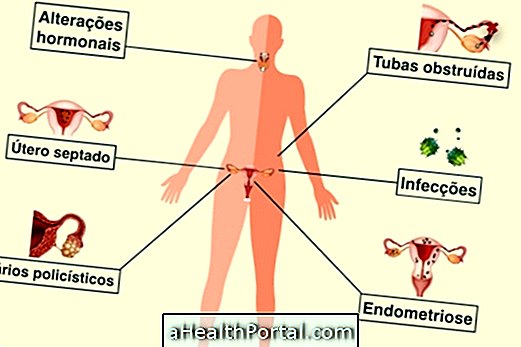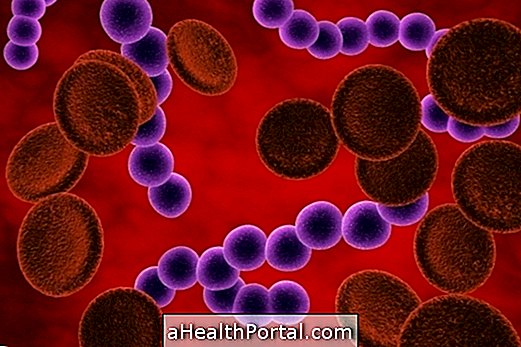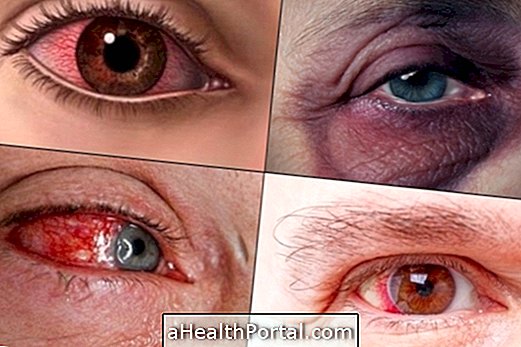H1N1 flu increases the risk of pneumonia and respiratory failure, which can lead to premature delivery or death in pregnancy, so pregnant women should take increased care of the virus prevention measures and take the vaccine after the third month of gestation.
The vaccine decreases the risk of contamination and alleviates its symptoms, but does not prevent the infection from occurring. Therefore, pregnant women who have been vaccinated when they have flu-like symptoms such as fever, cough and sore throat should notify their doctor for an immediate evaluation.

Symptoms of H1N1 in pregnancy
The symptoms are the same as the common flu but more intense, and include high fever, headache, sore throat, malaise and some women report vomiting and diarrhea. Cough and body aches are also often present.
In order to differentiate these symptoms from those that occur in the common influenza, one must take into account the time of outbreaks or epidemics, if the people close to them are also infected with this virus and also the intensity of the symptoms, which in H1N1 are much more intense and difficult the daily tasks, being difficult to work or study, requiring absolute rest.
Warning signs to go to the doctor
These are warning signs:
- Difficulty breathing;
- Feeling of shortness of breath;
- Catarrh with traces of blood;
- Purples of purplish fingers or bluish lips;
- Decreased fetal movements.
If breathing difficulties arise and the fever does not subside with the use of medications such as Paracetamol, you should go to the hospital immediately. The doctor may order blood tests, x-rays of the lung and ultrasound to check for pneumonia or other respiratory complications, and if the baby is well.
How is the treatment of H1N1 Flu in pregnancy?
The treatment is exactly the same as outside it, with the use of medicines such as Tamiflu, which should be indicated by the obstetrician after the risk / benefit assessment.
It is very important that the pregnant woman see the doctor or go to the health clinic within the first 48 hours of symptom onset, as it is scientifically proven that Tamiflu is most effective when taken at the first signs of H1N1 flu.
Because they are at increased risk of preterm birth, pregnant women should go to the hospital and if they are late in pregnancy may have to remain hospitalized until the disease is cured.
Here's how feeding can help with the following video.

How to protect yourself from the H1N1 flu
To prevent the flu it is recommended to wash your hands constantly, avoid crowded public places such as cinemas and malls, and keep away from individuals with signs and symptoms of influenza or cold. However, the best way to prevent yourself is to take the vaccine at health clinics.
H1N1 after childbirth
If the woman is infected with the H1N1 flu virus at the end of pregnancy or during the postpartum period, during the first 6 months of the baby's life, one should avoid being too close to the baby so that it is not contaminated because this disease is more severe when it affects babies up to 6 months of age who can not be treated with Tamiflu and can not be vaccinated either.
Thus, the woman can continue breastfeeding, because there is no evidence that the virus passes through breast milk, however, whenever she is near the baby or breastfeeding it is safer that the woman always uses a surgical mask that is bought in the pharmacies to cover the nose and mouth, or withdraw your milk with a pump for someone else to give the baby.
